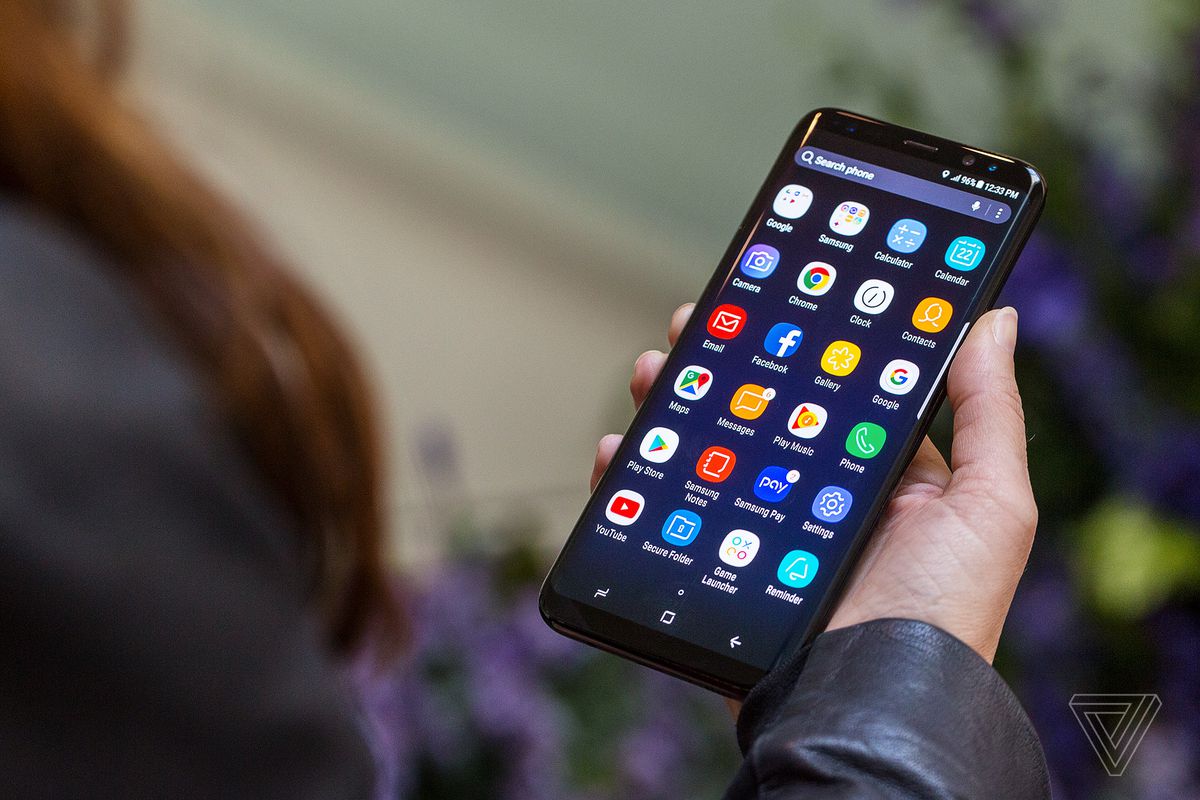LONDON: Smartphone screens may soon be shatterproof, say scientists who have created transparent polythene films stronger than aluminium, which could be used use in displays and windscreens.
Researchers from University of Warwick and Queen Mary University of London in the UK showed devised a technique to create a lightweight transparent material with a significant strength and resilience exceeding that of metals.
Current methods of creating high strength plastic films such as hot-drawing of high-density polyethylene (HDPE) can lead to materials that can compete or even out-perform traditional engineering materials like metals.
“The microstructure of polymers before drawing very much resembles that of a bowl of cooked spaghetti or noodles, while after stretching or drawing the molecules become aligned in a way similar to that of uncooked spaghetti, meaning that they can carry more load,” said Yunyin Lin, a PhD student at University of Warwick.
However, drawn polythene materials normally have an opaque appearance due to defects and voids introduced by the drawing process, limiting applications where both mechanical properties and optical transparency are required.
Some success has recently been achieved by using highly specific additives in hot-drawn HDPE materials that can then produce 90 per cent transparency while giving high strength.
However, the research team have now developed a new post-manufacturing technique for HDPE that endows strength and resilience while preserving transparency without using additives.
The researchers took HDPE polythene sheets and drew out these sheets at a range of temperatures below the melting temperature of HDPE. By tuning the drawing temperature they could achieve a transparency of 90 per cent in the visible range.
However, the best balance between strength and transparency was achieved at drawing temperatures between 90 and 110 degrees centigrade.
“We expect greater polymer chain mobility at these high drawing temperatures to be responsible for creating fewer defects in the drawn films, resulting in less light scattering by defects and therefore a higher clarity,” said Ton Peijs at the University of Warwick.
“Our results showed that a wide processing window ranging from 90 degree Celsius to 110 degree Celsius can be used to tailor the required balance between optical and mechanical performance.
“It is anticipated that these lightweight, low-cost, highly transparent, high strength and high stiffness HDPE films can be used in laminates and laminated composites, replacing or strengthening traditional inorganic or polymeric glass for applications in automotive glazing, buildings, windshields, visors, displays etc,” said Peijs. (AGENCIES)
Trending Now
E-Paper


